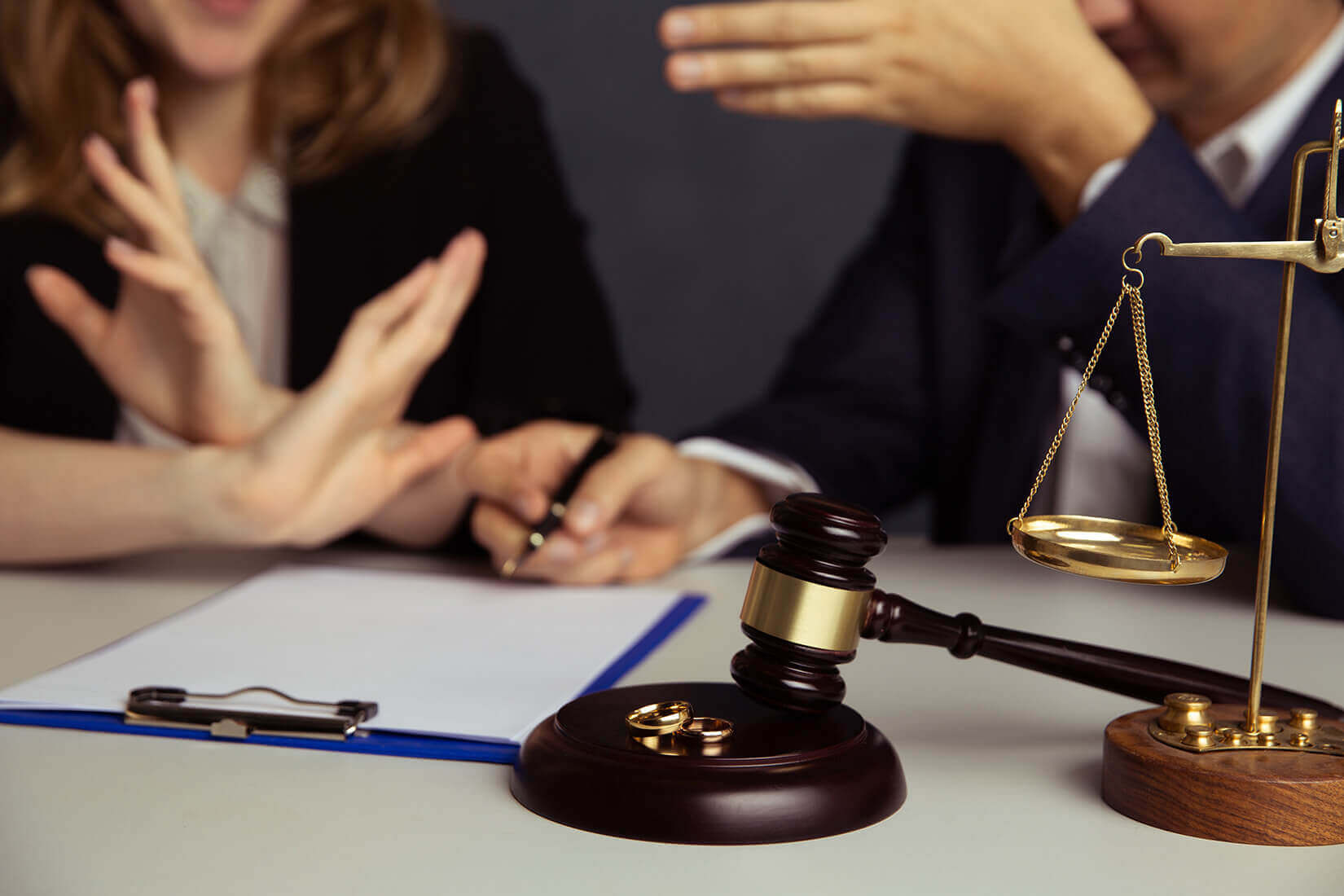After a successful personal injury claim, it’s common to wonder how personal injury settlements are paid out. When someone is injured due to the negligent actions of another person, party, or organization, they can file a personal injury lawsuit with the assistance of an experienced personal injury attorney. If this personal injury claim is successful, the victim will be eligible to receive financial compensation for their injuries.
This compensation generally covers various things related to the accident, such as medical expenses, lost wages, and compensation for the victim’s pain and suffering. A personal injury settlement may also include punitive damages, which are applied to discourage other individuals or businesses from acting in such negligent ways.
But even once you’re awarded your personal injury settlement, there are still matters to be resolved. As the victim of a personal injury accident, you should be concerned about when you’ll receive your settlement and how the personal injury settlement pays out exactly. In this blog, we’re answering these questions and more to help you understand the intricate process of a personal injury payout.
Here at the Paul Wilkinson Law Firm, we are dedicated to defending the rights of anyone involved in a personal injury accident. Whether you were in a car accident, truck accident, pedestrian accident, or motorcycle accident, we can help you understand your case, estimate its full value, and represent your interests in court. Even if you believe that you’re partially at fault, give our team of experienced attorneys a call. We’ll do everything it takes to ensure you receive fair compensation for your injuries.
Table of Contents
What Is a Personal Injury Settlement?
Let’s start from the beginning: what is a personal injury settlement? Essentially, a personal injury settlement is a type of financial compensation paid out to the victim of a personal injury suit. A personal injury suit is filed when the negligent actions of another individual, organization, or business have injured you. Common personal injury claims include car accidents, truck accidents, motorcycle accidents, slip and fall accidents, and defective products.
How Are Personal Injury Settlements Negotiated and Finalized?
For most personal injury claims, the settlement amount is negotiated between the parties and their representatives outside of court. Generally, this will include the insurance company for the defendant and a personal injury lawyer for the claimant. In these high-stakes negotiations, you don’t want to enter alone without the support of a legal professional.
Personal injury attorneys are skilled negotiators who know how to work with insurance representatives and other lawyers. Working with a personal injury lawyer dramatically improves your odds of receiving fair compensation for your injuries. It should come as no surprise that insurance companies will often try to “lowball” a settlement.
These are still for-profit companies at the end of the day, right? When an insurance provider refuses to offer fair compensation, this is referred to as bad faith insurance. A Denver personal injury attorney can accurately assess fair compensation for your injuries to protect your rights.
How Are Personal Injury Settlements Paid Out?
When the claimant and the at-fault party agree upon a settlement, they can then progress to the actual payment process. Of course, the specific details of the case and the ability of the parties to negotiate will impact the process. While some may be resolved quickly, some can take weeks or months. Your personal injury claim may be forced to go to trial if a resolution is never reached.
The procedure for paying out on a personal injury claim may vary in a few ways. However, the majority are usually paid out in one of two types of personal injury compensation: through a single lump-sum payment or through a structured settlement. The difference in lump-sum payment vs. structured settlement mainly comes down to how much of the settlement is paid out at once.
Lump-sum payments
This personal injury settlement payout option involves just one payment as a settlement check that encapsulates the entirety of the settlement amount. Many individuals will prefer this type of payment method because it allows you to quickly pay off your medical debts, attorney fees, and other related bills so that you aren’t straddled with excessive debts for longer than you need to be.
There are some additional options for what to do after receiving a personal injury settlement. Some will even use any remaining money to invest in an interest-bearing account. This enables you to actually increase the amount of money from your settlement over time. You may also use it to pay off other bills or allow you to make a personal investment like starting a business or going back to school.
Structured settlements
The second method for paying out personal injury settlements is through a structured settlement. This method involves receiving your financial compensation in monthly payments over an agreed-upon amount of time. During negotiations, you’ll also determine the beginning date and the end date for your structured personal injury settlement payout timeline.
In many cases, a structured settlement will involve an initial lump-sum payment and then smaller payments recurring from month to month. This helps claimants pay off any intensive medical bills or attorney fees. Many people are surprised to learn that you can also earn interest on structured settlements. Learning how to manage a personal injury settlement, allows for these payments to increase overall and help keep up with factors like inflation.
Alternatively, there are times when a large lump-sum payment is made later on in the lifetime of the settlement. This will be determined during settlement negotiations. This usually occurs when younger children are the victim of a personal injury accident. They may receive smaller payments month-to-month during childhood, but then choose to receive a larger lump-sum payment when they hit adulthood when there are more opportunities to use this compensation.
There is also the option to receive monthly, quarterly, or annual payments depending on your financial needs and preferences. However, each payment option comes with its own tax implications for personal injury settlements.
The Process of Receiving Your Personal Injury Settlement Check
After reaching a settlement in your personal injury case, receiving the actual payment involves several important steps. It’s not immediate — understanding the process helps you know what to expect and avoid unnecessary delays.
1. Finalizing the Settlement Agreement
The first step is signing a settlement agreement and a release form. These documents formally close your case, confirming that you accept the settlement amount and give up any right to future claims related to the injury.
Your attorney will review these documents closely to ensure the language matches your agreement and protects you from any unfair terms buried in the fine print.
2. Payment Processing and Release of Funds
Once the paperwork is complete, the defendant or insurance company begins processing the payment. This usually involves internal approvals, financial reviews, and administrative steps, which can take a few weeks. Most settlements are issued within two to six weeks, but payments from individuals or businesses might take longer, especially if structured payments are involved. Your lawyer will oversee this timeline and address any unnecessary delays.
3. Settlement Check Delivery
The settlement check is usually sent to your attorney’s office first, not directly to you. It is placed into a secure client trust account to make sure the funds clear properly. This process also allows deductions like attorney’s fees or medical costs to be handled before the final distribution.
Once the check clears, your attorney will contact you and prepare a full breakdown of the settlement funds.
4. Common Deductions to Expect
Before you receive your final share, a few deductions may apply:
- Attorney’s fees: If you hired your lawyer under a contingency fee agreement, the agreed percentage will be deducted from the settlement.
- Medical liens and outstanding bills: If you have unpaid medical expenses, your lawyer may use part of the settlement to pay healthcare providers or insurers. Attorneys often negotiate these amounts down to maximize what you take home.
5. Final Payment to You
After all deductions are completed, the remaining balance is released to you. Your attorney will provide detailed paperwork showing exactly how the settlement was allocated.
While the process may take a few weeks after settlement, working with a trusted attorney ensures everything moves smoothly and fairly, so you can finally receive compensation.
When Will I Get My Settlement Money After My Personal Injury Claim Is Resolved?
Once your personal injury claim is resolved and a settlement is reached, the timeline to receive your money typically ranges from a few weeks to about two months. Insurance companies are legally required to issue payment within certain deadlines set by state law, but internal processes like accounting reviews and administrative approvals can cause slight variations. Generally, after you sign the settlement agreement and release forms, you can expect your attorney to receive the check within two to six weeks. Staying in touch with your attorney during this time ensures you stay updated on any developments.
Conclusion – How are Personal Injury Settlements Paid Out?
A personal injury settlement is paid out to an individual who has been injured by the negligent actions of another individual, business, or government organization. During the negotiation phase, both parties will generally agree on a fair settlement amount to cover the injuries (this is why you want an experienced personal injury attorney who knows how to negotiate a personal injury settlement). Once the amount has been agreed upon, you’ll usually receive either one lump-sum payment or a structured payment over time.
If you’ve been involved in a car accident, motorcycle accident, truck accident, or any other type of personal injury accident, our team of experienced personal injury attorneys can help. We can help you understand your case, estimate its full value, and represent your interests in court. Even if you believe that you’re partially at fault, give our team of experienced attorneys a call.
When you call Paul, you’ll receive immediate attention and the support of our full resources. We’ll meet with you on your schedule to begin learning about your case, researching key details, and assessing your options. At the Paul Wilkinson Law Firm, we operate on contingency fees. What does this mean for you? We only get paid if you do. That’s how confident we are in our legal services.
Contact us today to schedule your free consultation. We look forward to learning more about your case and helping you receive the justice and compensation that you deserve. Simply give us a call to receive legal help today.


